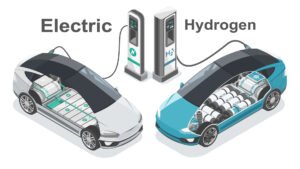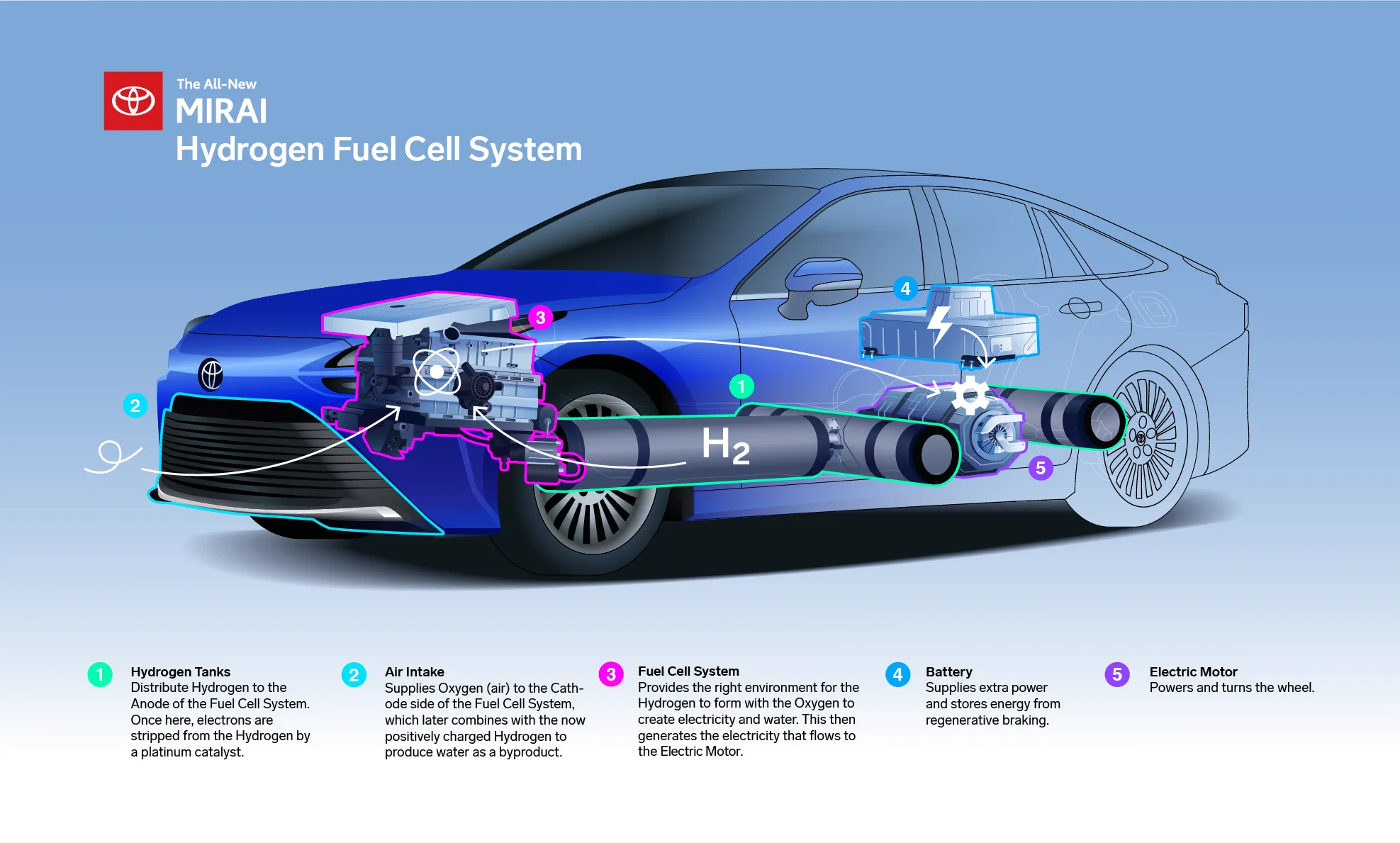hydrogen vehicles
Hydrogen Cars: Are They the Future of Green Transportation? (SEO-Optimized, Unique, Human Touch)
Remember zipping around town in a car that emits nothing but clean water vapor? That’s the promise of hydrogen fuel cell vehicles (FCEVs), and they’re no longer just a futuristic dream. At the recent International Hydrogen Fuel Cell Vehicle Congress and Exhibition in Shanghai, over 300 companies showcased their latest advancements in this exciting technology.
While electric vehicles (EVs) are gaining traction, hydrogen offers a compelling alternative, particularly for those concerned about range anxiety and long refueling times. But before you start picturing hydrogen pumps on every corner, let’s dive deeper into how these vehicles work and their potential for widespread adoption.

Electric car vs hydrogen Fuel Cell EV future technology for zero emissions ecology clean power Concept isometric isolated vector
Hydrogen Under the Hood: How FCEVs Work
Unlike traditional gasoline cars that burn fuel directly, FCEVs are essentially electric vehicles with a built-in hydrogen power plant. Here’s the cool part: the electricity comes from a chemical reaction between hydrogen and oxygen within the fuel cell. Think of it as a tiny battery that constantly refills itself using these readily available elements. The only byproduct? Water vapor!
This is where FCEVs differ from battery electric vehicles (BEVs). BEVs rely on pre-charged batteries, while FCEVs generate electricity on the go. This translates to quicker refueling times – think minutes to fill up a hydrogen tank compared to hours for a BEV recharge. Additionally, FCEVs boast impressive range, with some models like the Toyota Mirai exceeding 1,360km on a single tank – double the current best for BEVs. This makes them ideal for long journeys or those who dislike frequent charging stops.
The Green Appeal of Hydrogen
FCEVs are champions for clean air. When running on “green hydrogen” produced using renewable energy sources, their entire lifecycle is carbon-neutral, making them a powerful tool in the fight against climate change. Imagine a world where transportation doesn’t contribute to greenhouse gas emissions – that’s the ultimate goal of hydrogen technology.
Challenges on the Road to Adoption
While FCEVs offer undeniable advantages, there are hurdles to overcome before they become mainstream. The biggest challenge is the limited availability of hydrogen refueling stations. Unlike gas stations on almost every corner, hydrogen infrastructure is still in its early stages. Additionally, the production and transportation of hydrogen can be energy-intensive, and the upfront cost of FCEVs is currently higher than BEVs.
The Road Ahead: A Brighter Future for Hydrogen?
Despite the challenges, the momentum behind hydrogen technology is growing. Governments and companies are pouring resources into research and development, aiming to make FCEVs more affordable and accessible. As hydrogen infrastructure expands and production processes become more efficient, FCEVs have the potential to become a game-changer in clean transportation, particularly for long-haul trips and heavy-duty vehicles.
So, are hydrogen vehicles the future? The answer is likely a combination of technologies. While BEVs seem well-suited for daily commutes, FCEVs could be the answer for long-distance travel and heavy-duty transportation. The future of clean driving involves a variety of solutions, and hydrogen has a strong chance of playing a major role.
Discover more from NewsPour
Subscribe to get the latest posts to your email.




Let your voice be heard! Share your thoughts and ignite discussions.